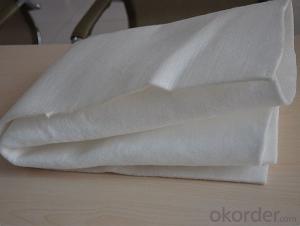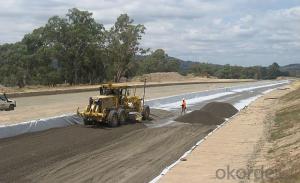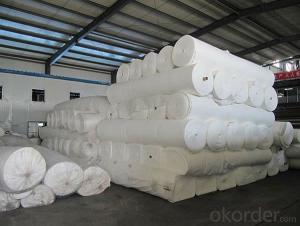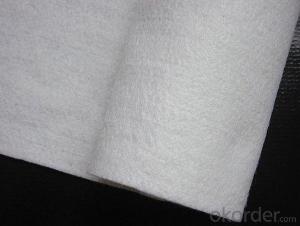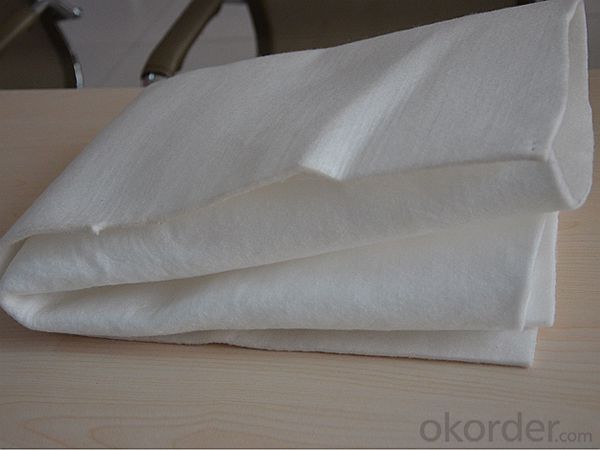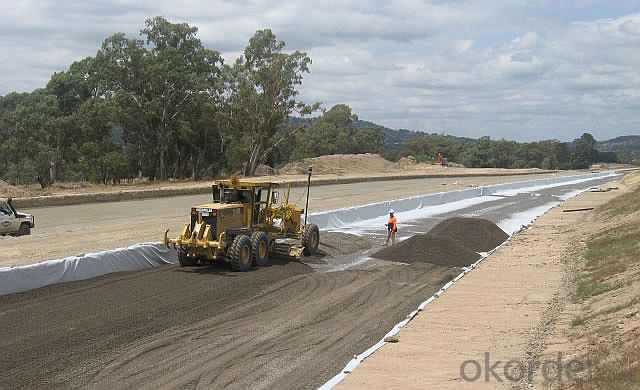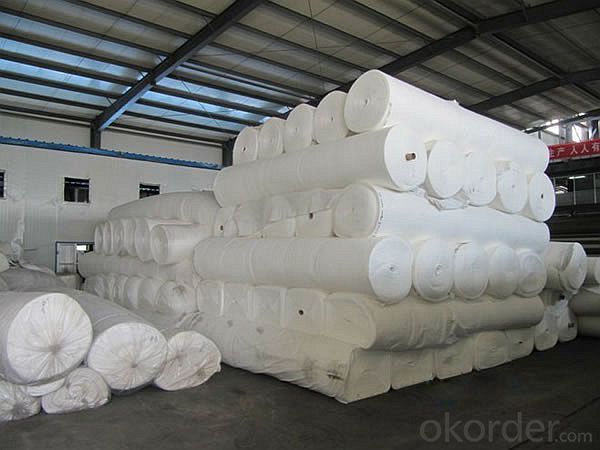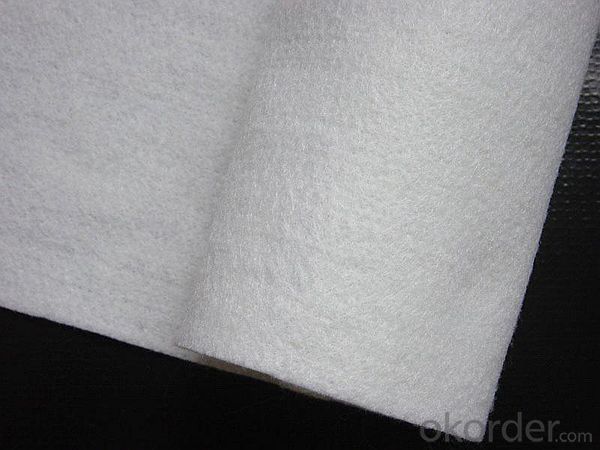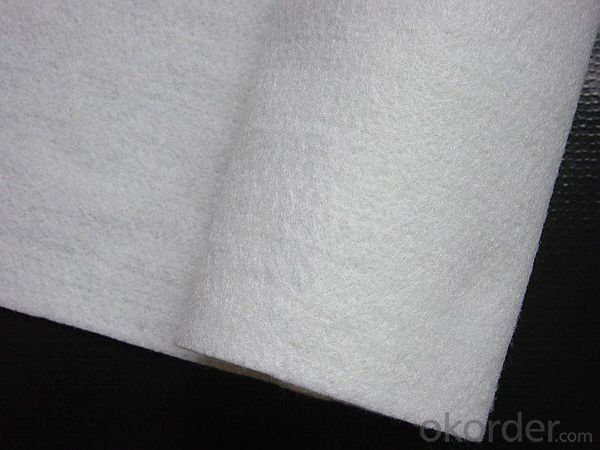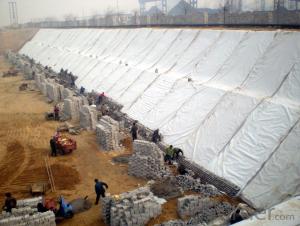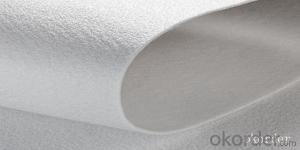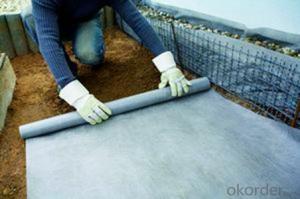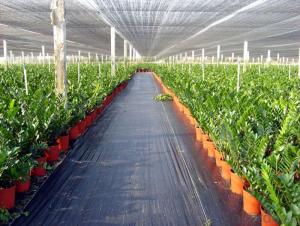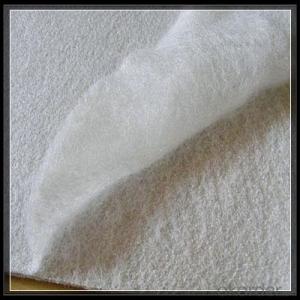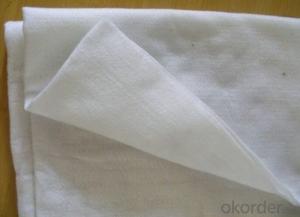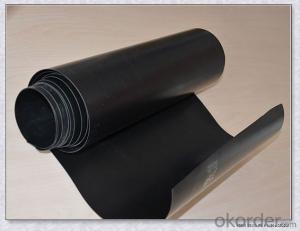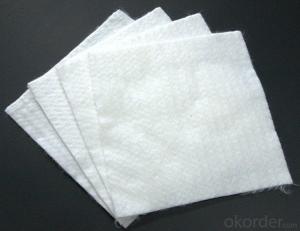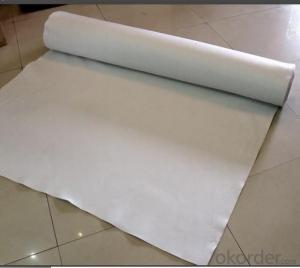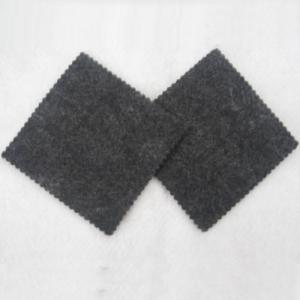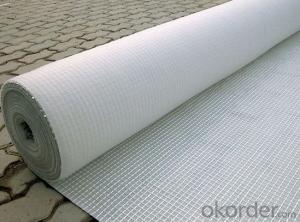Non-Woven Geotextile Filter Fabric with High Stabilization for Construction
- Loading Port:
- China main port
- Payment Terms:
- TT OR LC
- Min Order Qty:
- 1000 m²
- Supply Capability:
- 1000000 m²/month
OKorder Service Pledge
OKorder Financial Service
You Might Also Like
Specification
. Geotextile Specifications
1) Weight / Mass: 100g/m2-1500g/m2
2) Width: Within 8 m (1m-8m)
3) Length: 50m-100m/roll (as request)
4) Material: PP / PET
5) Color: Black , white , grey and other color
6) Certificate: CE/ISO9001 , ISO14001
7) Manufacturing method: nonwoven / woven
8) The Biggest geotextile manufacturer/factory in China for many years
Geotextile Functions
Separation
CNBM Geotextile acts as a separator between two layers of soil that have different
particle size distributions. CNBM Geotextiles are used to prevent road base materials from
penetrating into soft underlying sub grade soils, thus maintaining design thickness and
roadway integrity. Separators also help to prevent fine-grained sub grade soils from being
pumped into permeable granular road bases.
separation
Filtration
CNBM Geotextile acts similar to a sand filter by allowing water to move through the soil
while retaining all upstream soil particles. CNBM Geotextiles are used to prevent soils
from migrating into drainage aggregate or pipes while maintaining flow through the system.
TexoFib Geotextiles are also used below rip rap and other armour materials in coastal and
river bank protection systems to prevent soil erosion.
filtration
Reinforcement
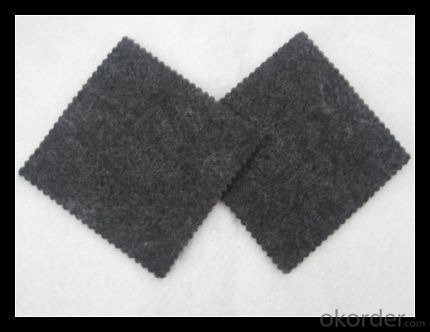
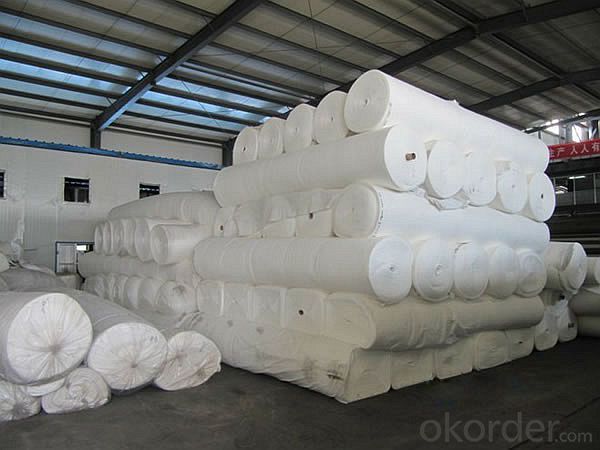
Packaging & Shipping
Packing: PLASTIC FILM INSIDE, AND WOVEN BAG OUTSIDE
Shipping: About 15 days after receipt the deposit
geotextile fabric
permeability,filtration,easy for construction
ISO and CE certificate
Good quality and competitive price
After-sales service
1.In order to provide customers with comprehensive technical support,we will provide technical and other related information upon request in a timely manner.
2.In required,we will appoint specialized technicians to the construction site to give technical trainings to construction people,and offer technical guidance throughout the whole construction process.
3.For damage due to shipment and delivery,after we receive the complaint,we will check the issure through provided pictures and videos.If our responsibility is confirmed,we wil offer free replacement.
4.When the construction is completed,as your request,our technical staff may participate in the final acceptance.
FAQ:
Q: What kind of payments does jenor support?
A: T/T, L/C, Cash are accepted.
Q: Do you charge for the samples?
A: Accordeing to our company policy, the samples are free, we only charge the freight fee. And we will return the freight fee during the next order.
Q: Can you produce according to customers' design?
A: Sure, we are professional manufacturer, OEM and ODM are both welcome.
Q: Do you have other products?
A: Yes, please check the pictures:
- Q: What are the different applications of geotextiles in agriculture?
- Geotextiles have several applications in agriculture, including erosion control, soil stabilization, filtration, and drainage. They are commonly used to prevent soil erosion by acting as a barrier between the soil and water, helping to retain moisture and nutrients. Geotextiles also aid in soil stabilization by providing reinforcement and preventing soil movement. Additionally, they act as filters, allowing water to pass through while preventing the movement of fine particles. Lastly, geotextiles can be used for drainage purposes, facilitating the removal of excess water from agricultural fields.
- Q: Are geotextiles resistant to punctures and tears?
- Yes, geotextiles are designed to be resistant to punctures and tears. They are manufactured using durable materials and undergo rigorous testing to ensure their strength and durability in various applications.
- Q: In the river within the construction of flexible piping can use geotextile to do anti-floating measures
- Yes, I am specialized in producing the installation
- Q: How do geotextiles affect soil compaction?
- Geotextiles can help reduce soil compaction by acting as a barrier between the soil and external forces. They distribute load and stress more evenly, preventing excessive compaction by promoting better soil structure and drainage.
- Q: How do geotextiles help with filtration in geosynthetic clay liners?
- Geotextiles play a crucial role in enhancing filtration in geosynthetic clay liners (GCLs) by acting as a barrier that prevents fine particles from migrating into the clay layer. The geotextile acts as a filtration medium, allowing water to pass through while retaining the soil particles. This helps to maintain the integrity and effectiveness of the GCL by preventing clogging and maintaining the desired hydraulic conductivity.
- Q: How do geotextiles help with erosion control?
- Geotextiles help with erosion control by providing a protective barrier against soil erosion. They are used to stabilize slopes, reinforce soil, and filter water, preventing the loss of soil particles and maintaining the integrity of the land.
- Q: Can geotextiles be used in road shoulder stabilization?
- Yes, geotextiles can be used in road shoulder stabilization. Geotextiles are commonly employed in road construction and maintenance projects to provide soil stabilization, prevent erosion, and improve drainage. By placing geotextiles in road shoulders, they can help reinforce the soil, increase load-bearing capacity, and reduce the risk of shoulder erosion, ultimately enhancing the stability and longevity of the road.
- Q: Geotextile with glue can stick cement wall
- With the wind oil fine soaked, wipe with a rag off.
- Q: Eva waterproof board and ecb waterproof board What is the difference between the two
- Both are waterproof panels, can be used for highway, railway tunnel seepage, but the product material is different, the appearance is not the same. EVA waterproof board there are two conventional, one is a simple EVA waterproof board without composite geotextile, the other is a combination of geotextile with the EVA waterproof board. Two collectively referred to as EVA waterproof board are tunnel waterproof board, is the main material of the tunnel seepage. ECB waterproof board there are two conventional, one is a simple white or black ECB waterproof board, the other is with self-adhesive asphalt waterproofing membrane. Both can be used for tunnel seepage.
- Q: What are the environmental considerations of geotextiles?
- Geotextiles have several environmental considerations that need to be taken into account. Firstly, the production of geotextiles requires the use of energy and raw materials, which can contribute to greenhouse gas emissions and depletion of natural resources. Additionally, the disposal of geotextiles after their useful life can pose a challenge as they are not easily biodegradable and can contribute to waste accumulation in landfills. However, geotextiles can also offer environmental benefits such as increasing soil stability, reducing erosion, and promoting better water management, which can help mitigate some of these concerns. Therefore, careful consideration of the environmental impacts and proper end-of-life management of geotextiles is crucial to minimize their negative effects.
Send your message to us
Non-Woven Geotextile Filter Fabric with High Stabilization for Construction
- Loading Port:
- China main port
- Payment Terms:
- TT OR LC
- Min Order Qty:
- 1000 m²
- Supply Capability:
- 1000000 m²/month
OKorder Service Pledge
OKorder Financial Service
Similar products
Hot products
Hot Searches
Related keywords

